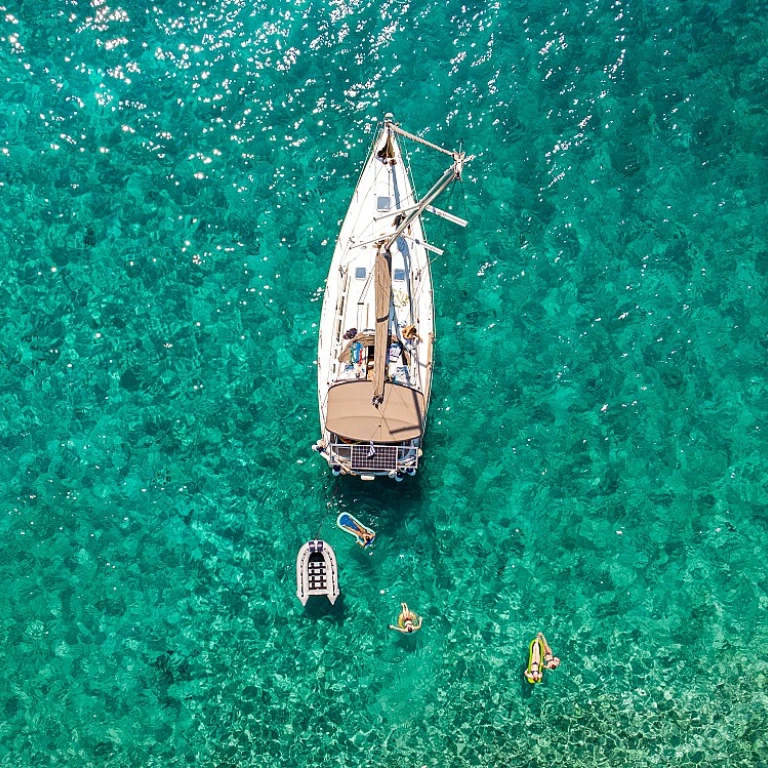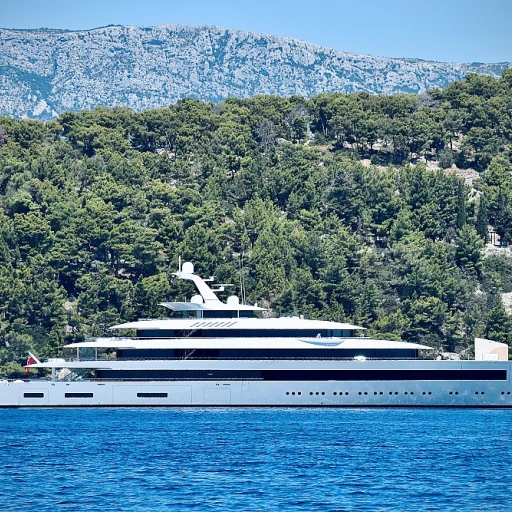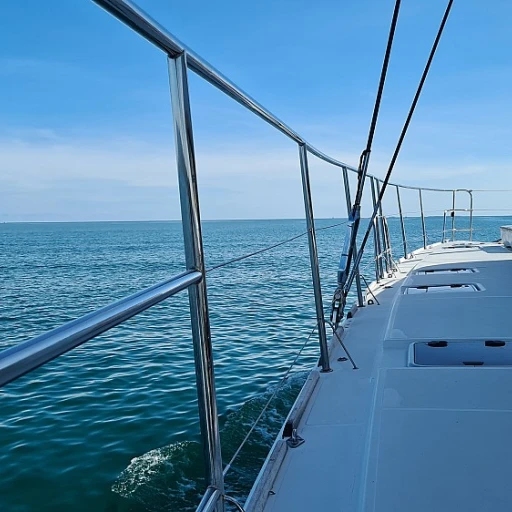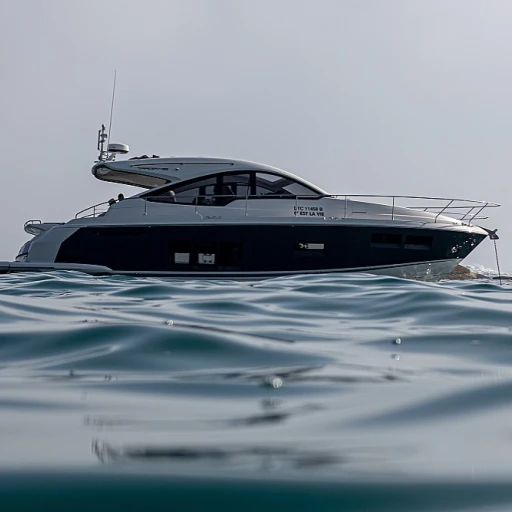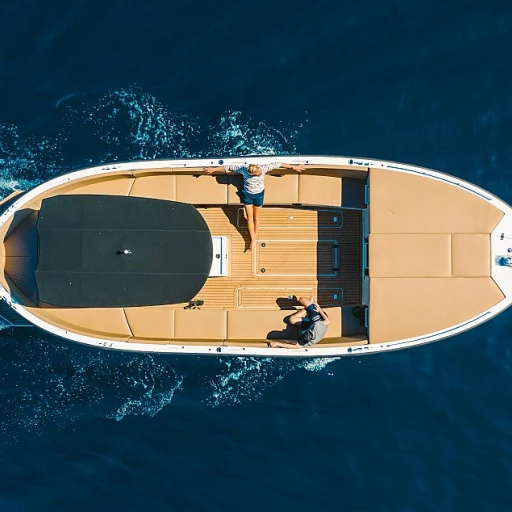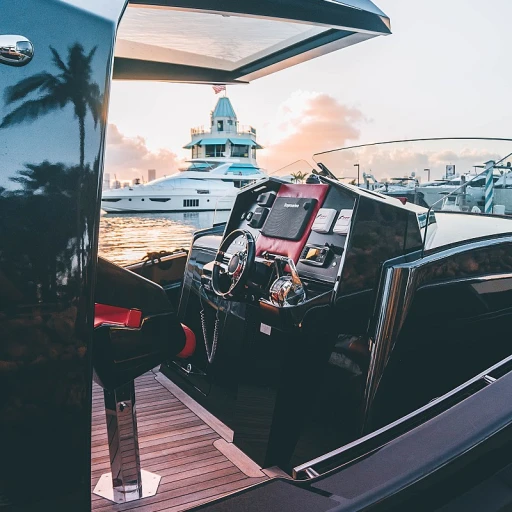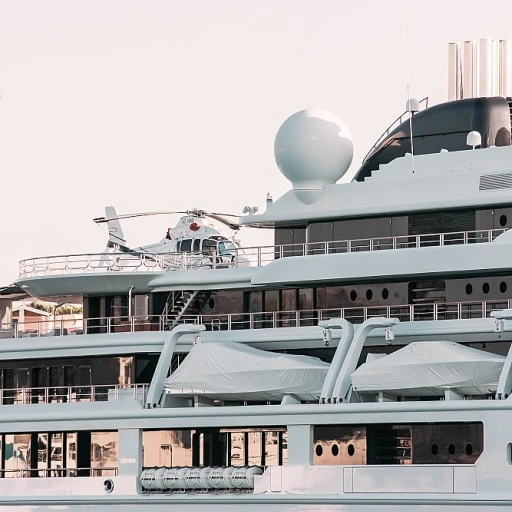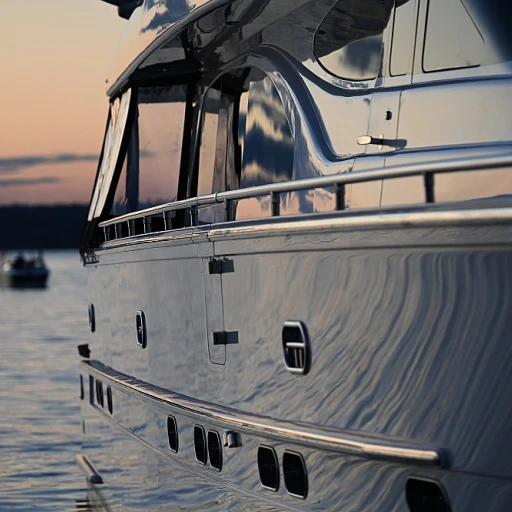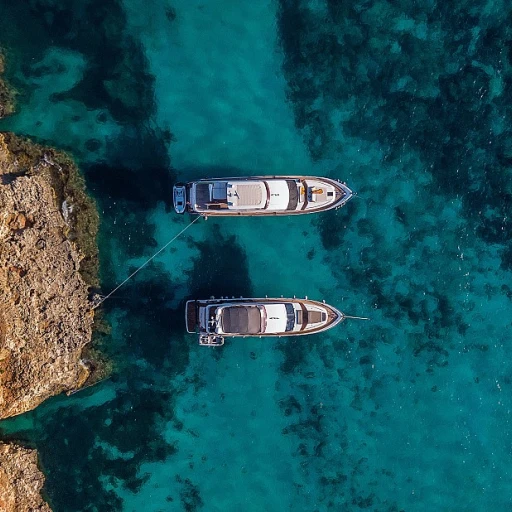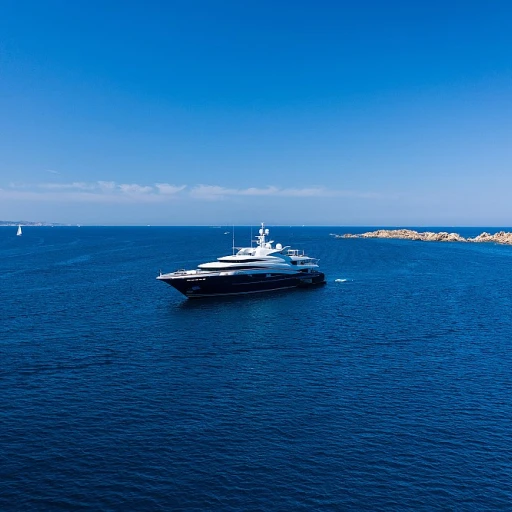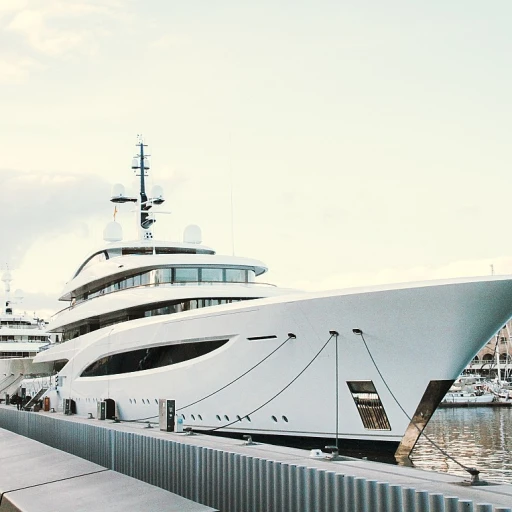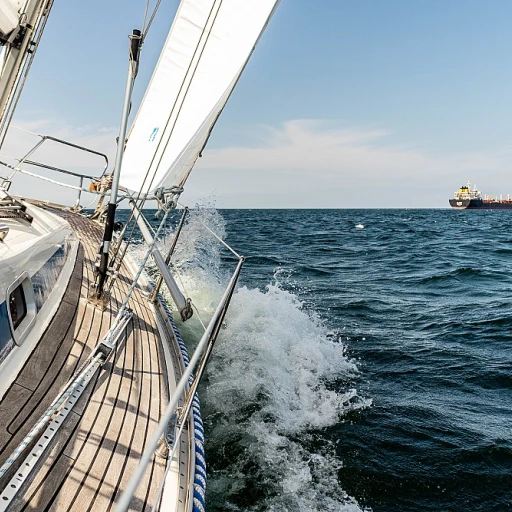Understanding the Importance of a Reliable Pontoon Anchor
The Crucial Role of Effective Anchoring
Achieving a secure anchor for your pontoon is essential to ensure a safe and enjoyable outing on the water. Whether you're stopping for a swim, casting a line, or simply basking in the sun, understanding the importance of a reliable pontoon anchor cannot be overstated. When selecting an anchor, many boat owners tend to overlook a crucial factor: the adaptability of the anchor to various water conditions. From the smooth consistency of muddy riverbeds to the rocky challenges of coastal bays, the effectiveness of your anchoring strategy largely depends on pairing the right type anchor with the appropriate bottom. The right choice of anchor not only prevents your pontoon boat from drifting but also contributes significantly to its overall safety. Moreover, it's about ensuring that the experience remains uninterrupted, whether the pontoon boat is stationed in shallow water or facing the swirling currents of a deeper sea. For those new to boating, understanding the dynamics between the anchor chain, rope, and rode is critical. A well-thought-out combination not only enhances stability but also aids in prolonging the life of your pontoon anchor. Furthermore, neglecting storage solutions for your anchor setup can lead to unnecessary wear, emphasizing the need for properly maintaining and stowing your equipment post-use.Types of Pontoon Anchors: Choosing the Right One
Different Types of Anchors for Pontoons
When it comes to achieving a smooth boating experience, the choice of a pontoon anchor can be crucial. Selecting the right type of anchor depends on several factors, including the bottom conditions, water depth, and the typical locations where you plan to anchor your pontoon boat.
Here’s a look at some common types of pontoon anchors:
- Fluke Anchors: Known for their light weight and affordability, fluke anchors work best in sandy or muddy bottoms. However, they might not hold well in rocky or weedy areas.
- Box Anchors: This type is versatile and adapts well to various bottom conditions. Box anchors are designed to reduce the amount of chain and rode required, freeing up valuable storage space on your pontoon.
- Mushroom Anchors: Ideal for shallow waters, mushroom anchors rely on their weight to stay in place. They are excellent for soft beds like silt but may not hold sufficiently in strong currents or wind.
- Plow Anchors: A robust option, particularly suitable for grassy or rocky bottoms. While they tend to be pricier, their holding power is renowned among pontoon owners who venture into diverse waters.
Furthermore, consider factors such as the size and weight of your boat, and remember that the anchor’s reliability is impacted by the combination of anchor type, chain, and rope. The anchor chain and rode should be sturdy, with a length that allows for effective pontoon anchoring by calculating water depth and ensuring a secure mount.
Anchoring Techniques: Best Practices for Pontoon Boats
Effective Techniques for Anchoring Your Pontoon
When it comes to anchoring pontoons, employing the right techniques ensures a stable and enjoyable boating experience. Here are some time-tested methods that boat enthusiasts have found effective:- Assessing the Water Depth: Before dropping your anchor, it's crucial to consider the water depth. This will help determine the appropriate length of anchor rode needed, usually about seven times the depth of the water.
- Selecting the Anchor Spot: Choose a spot that offers a bottom type compatible with your anchor. For instance, a box anchor is versatile but performs excellently over a sandy or muddy bottom.
- Setting the Anchor: Allow enough scope for your rope or chain, ensuring the anchor settles properly on the bottom. Then, pull back slowly with your pontoon to set the anchor firmly.
- Securing with a Proper Rode: A combination of rope and chain is advisable, as the weight of the chain helps the anchor maintain a proper angle and stay set in place.
- Utilizing an Anchor Winch: Investing in an anchor winch can enhance the precision and ease of your anchoring efforts, making the task more efficient and less physical.
Common Mistakes to Avoid When Anchoring a Pontoon
Avoiding Frequent Anchoring Missteps
Anchoring a pontoon is an essential skill for any boating enthusiast. However, even the most experienced boaters can sometimes make common errors that jeopardize the stability of their vessel. Here’s a detailed look at some pitfalls to steer clear of to ensure your pontoon stays securely anchored.One of the frequent mistakes boaters make is misjudging the type of anchor needed for their specific location and water depth. Selecting the right boat anchor depends not just on the pontoon’s size, but also on factors such as the bottom composition and water depth. Using a type anchor suited for a sandy bottom in a rocky area can lead to insufficient hold.
Another common error is neglecting the importance of a suitable rode. A combination of rope chain is usually effective, as it adds weight and aids in keeping the anchor at the bottom. Ensure your chain to boat length ratio is appropriate; typically, a length of around seven-to-one is recommended for shallow waters. Failing to account for this ratio can cause the pontoon boat to drift or break free.
Improper storage of your anchor is another oversight. Many boaters fail to mount their anchor securely or leave it tangled. Always store your anchor in a secure place, such as an anchor box, to prevent damage or potential accidents. Proper storage ensures it’s ready to deploy when needed.
Not considering the weather conditions can also lead to challenges. Wind and current play significant roles in anchoring. Ignoring these factors could result in choosing a location that leaves the anchor unstably lodged. Ensure that the anchor pontoon is set in an area that accounts for these natural elements.
Finally, an often overlooked detail is not using an anchor winch when necessary. This simple device can save effort and ensure your anchor is deployed and retrieved smoothly, especially in deeper waters or challenging conditions. While there’s a price tag associated with an anchor winch, the boating experience elegance it offers is indisputable.
Avoiding these pitfalls not only extends the life of your pontoon anchors but enhances the boating experience, ensuring that you and your passengers can enjoy the tranquility of anchored waters without unnecessary stress.

